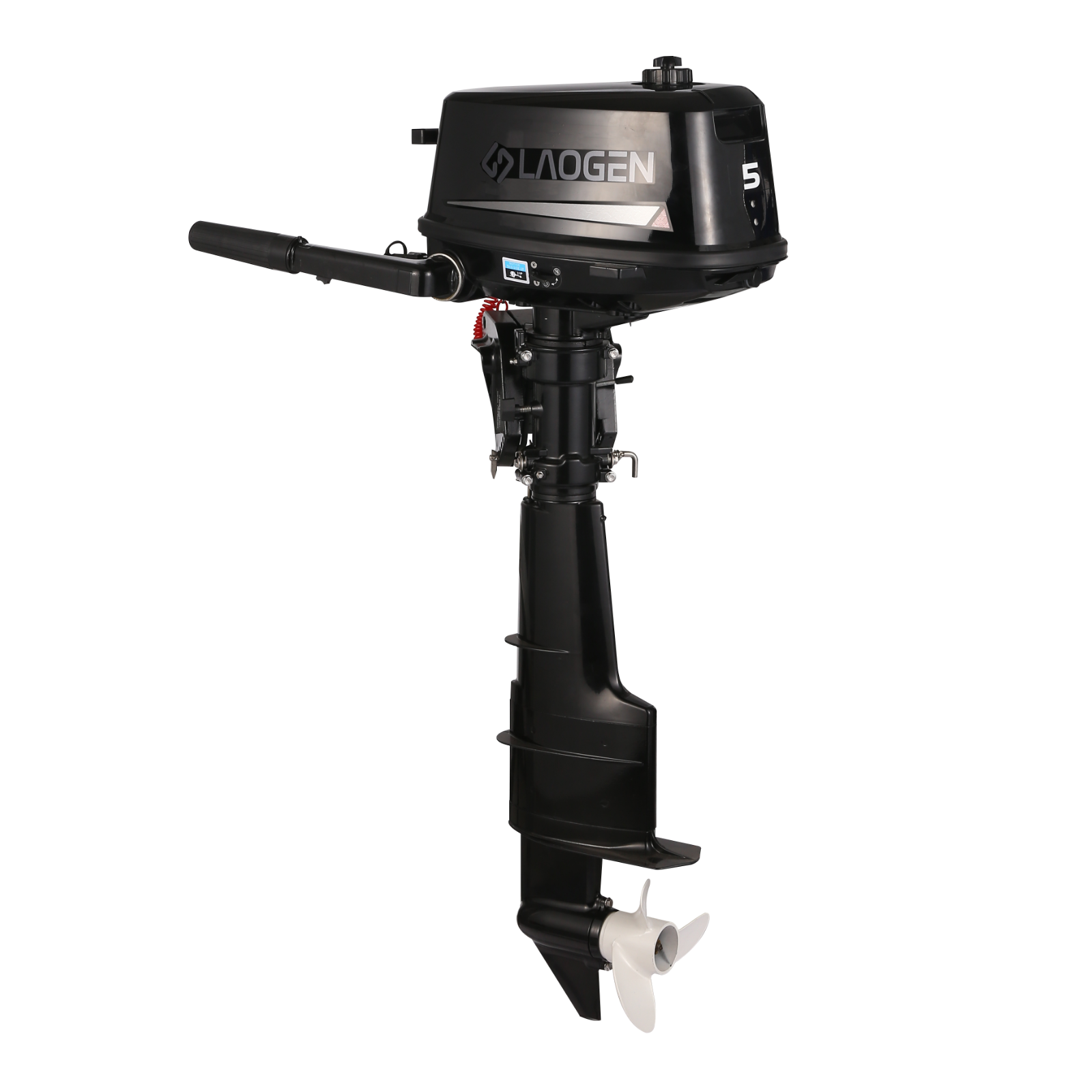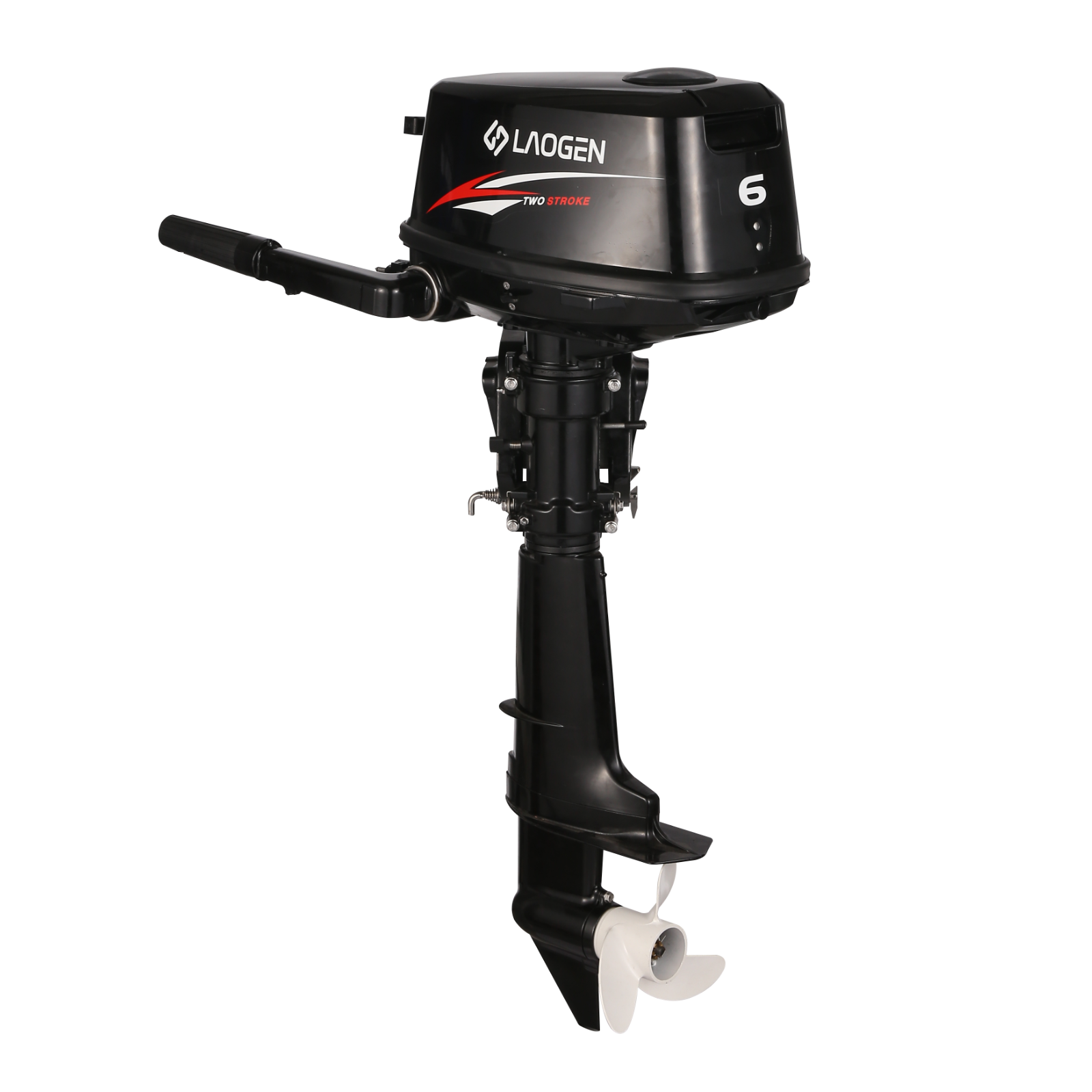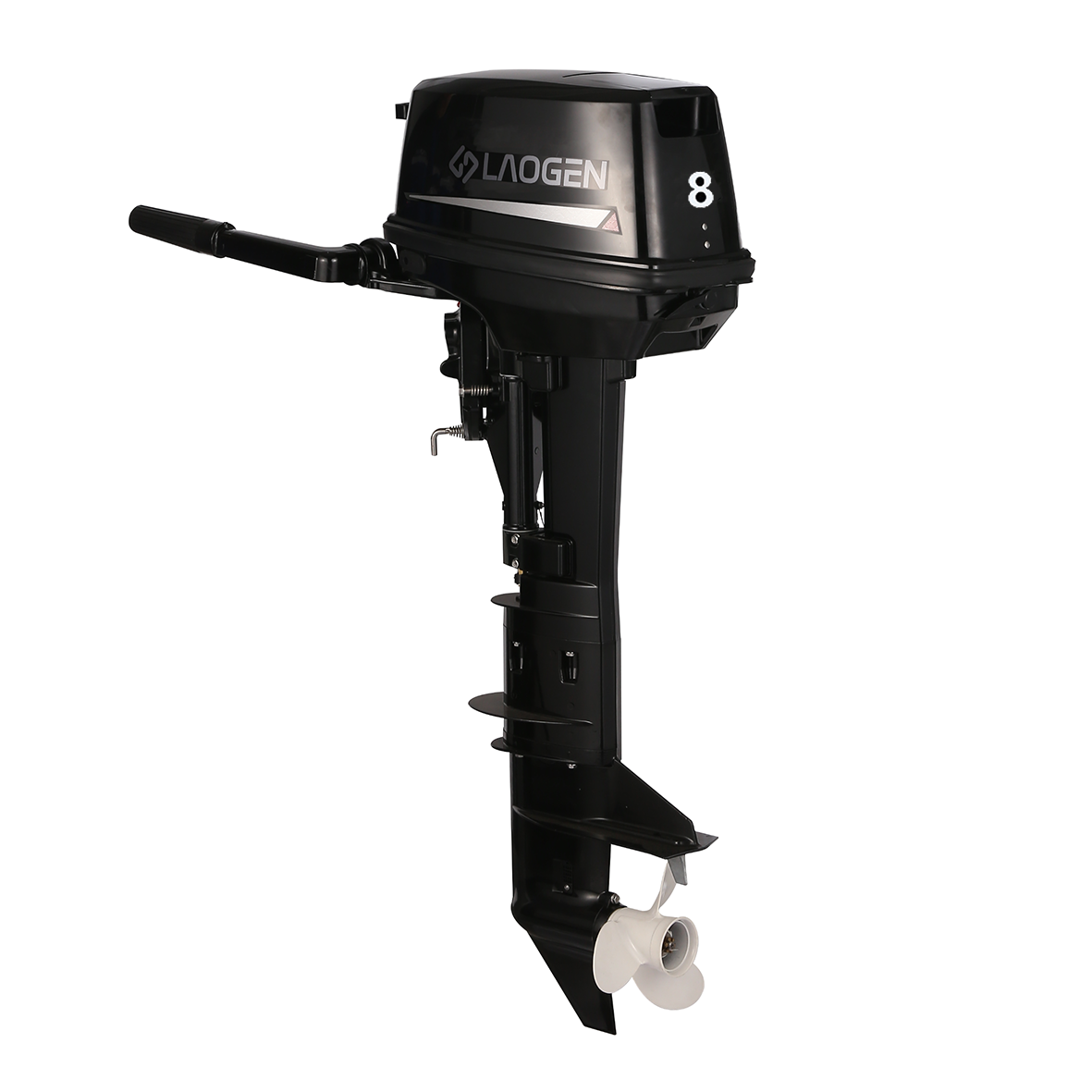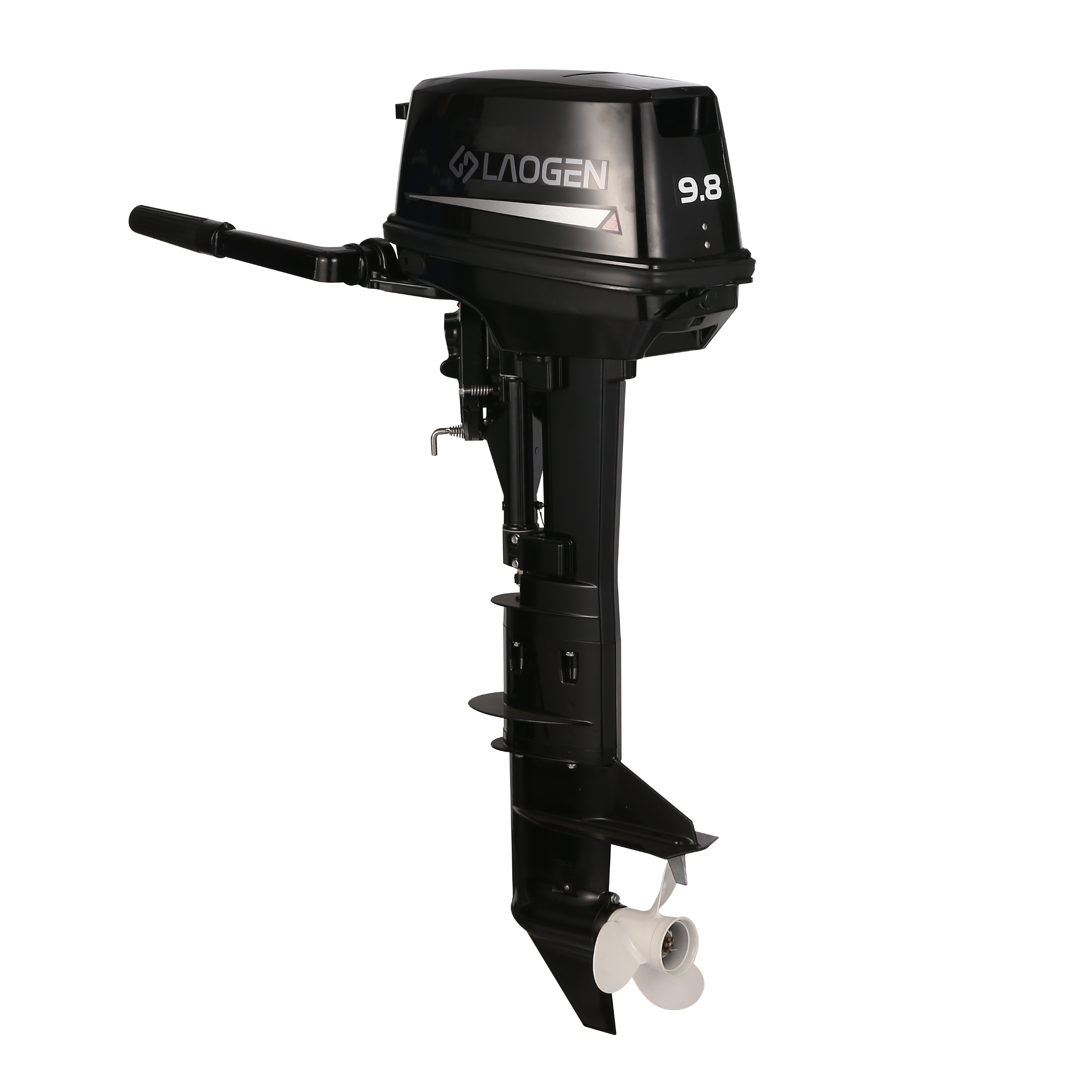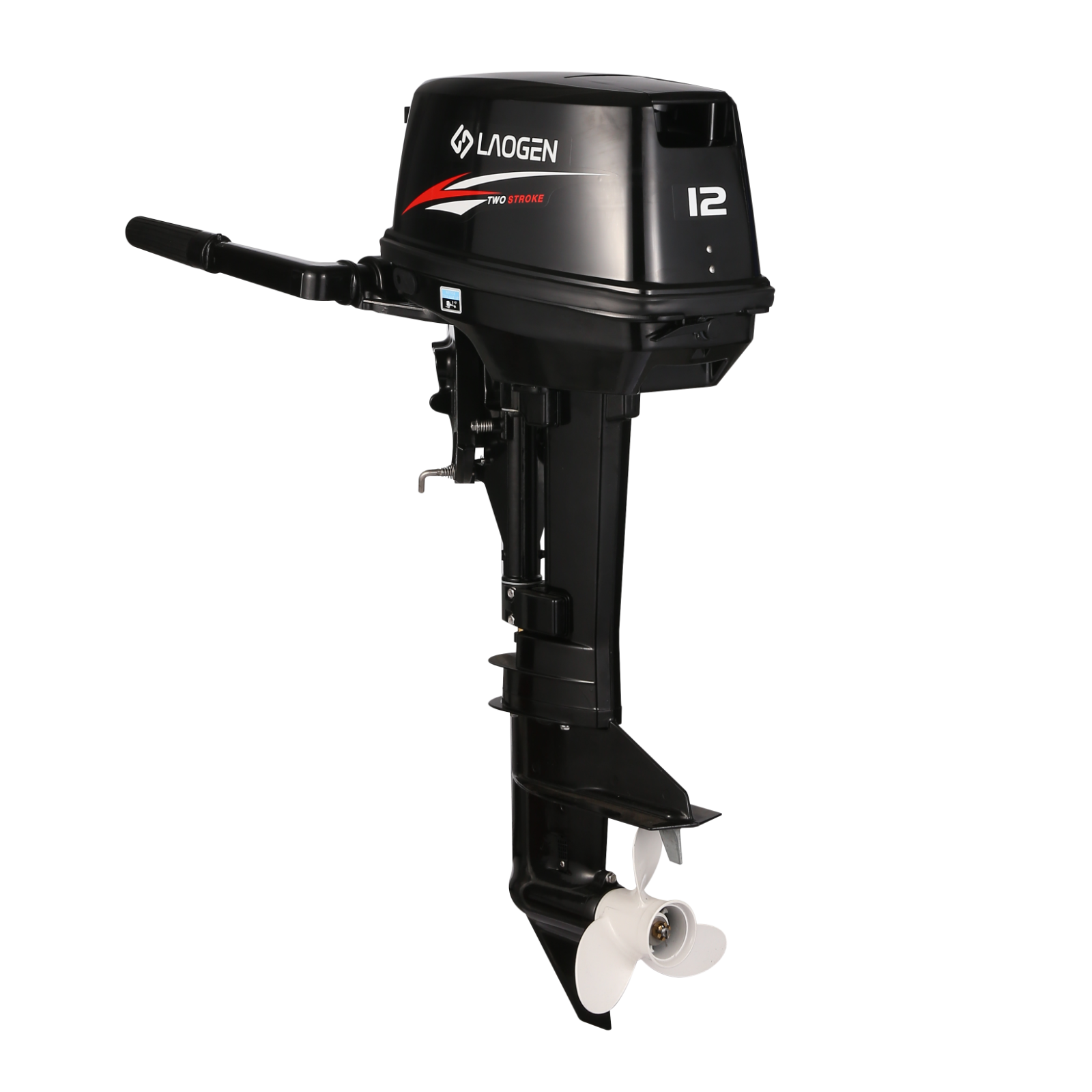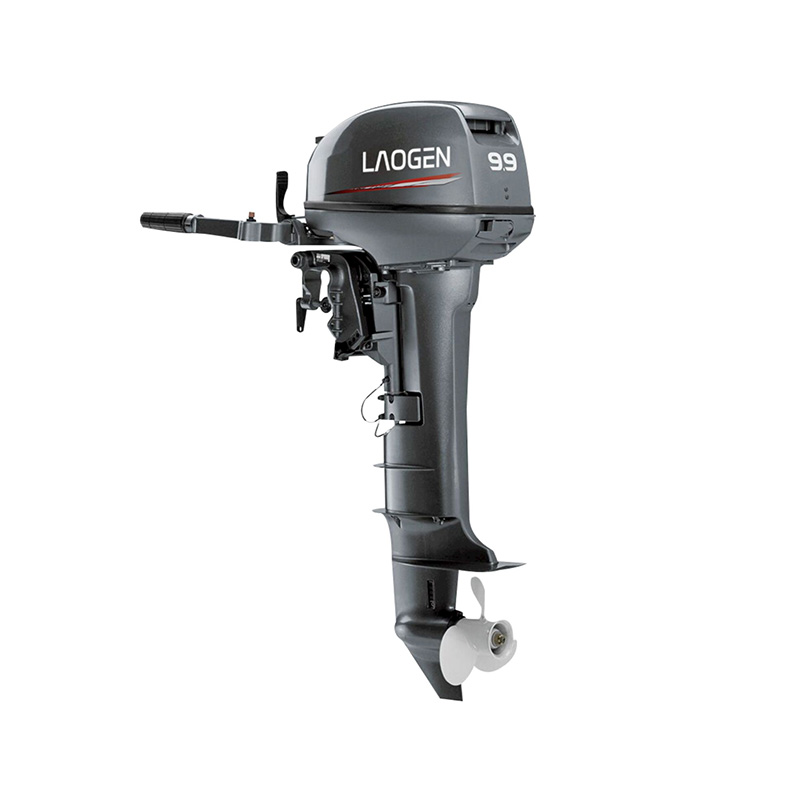How 2 Stroke Outboard Motors Are Adapting To Environmental Regulations
In recent years, the marine industry has been undergoing noticeable changes, especially in response to evolving environmental regulations. One particular area that has seen consistent adaptation is the development of the Outboard Motor 2 Stroke segment. Traditionally known for their lightweight design and strong power-to-weight ratio, 2 stroke outboard motors have faced increasing pressure to meet stricter emission standards.
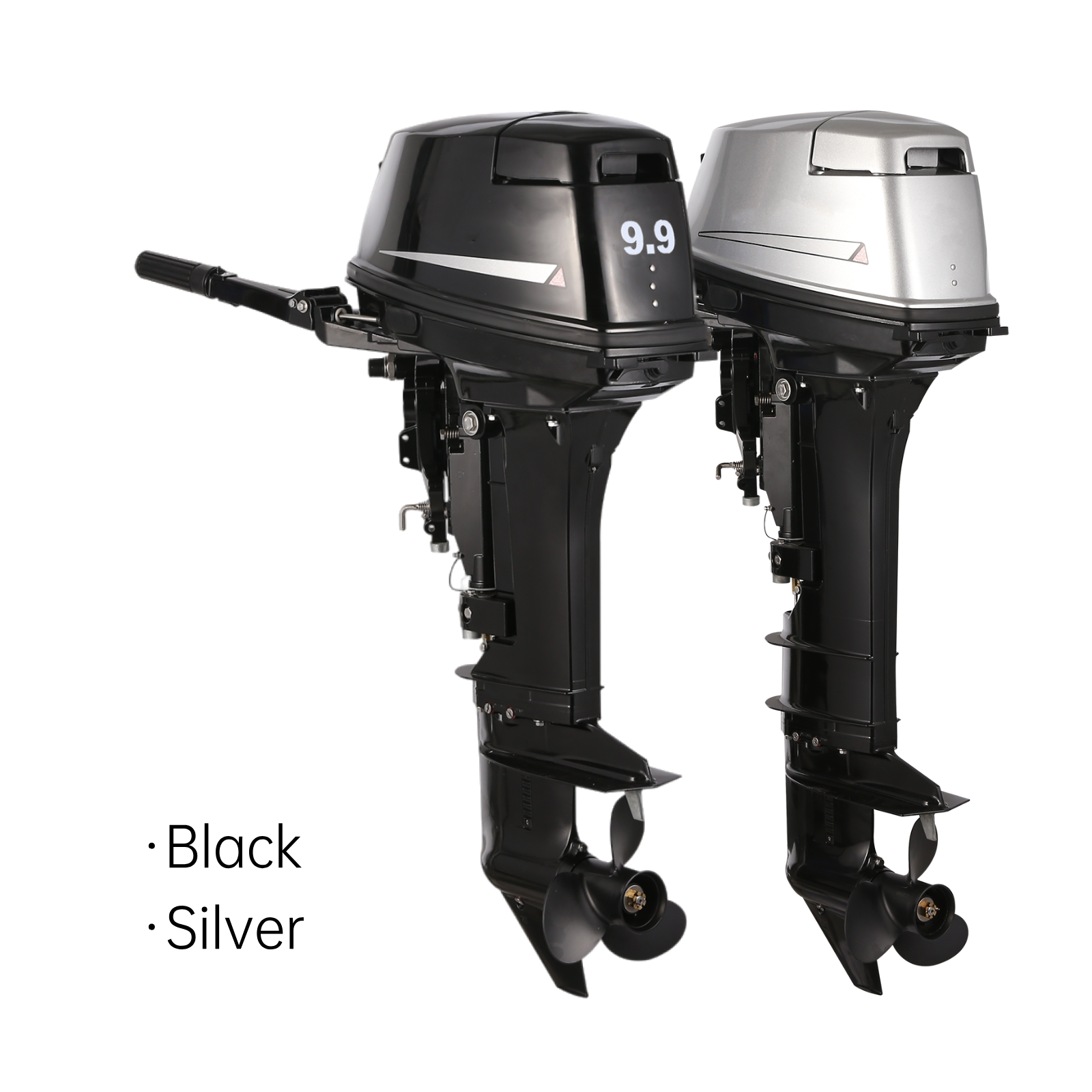
Governments across multiple regions have tightened environmental policies, particularly focusing on reducing hydrocarbon and particulate emissions from small marine engines. These regulations have directly impacted how manufacturers design and modify Outboard Motor 2 Stroke systems. Once criticized for higher fuel consumption and greater emissions compared to their four-stroke counterparts, 2 stroke outboard motors have undergone significant innovation to stay viable in the current regulatory environment.
One of the main strategies for compliance has been the integration of direct fuel injection (DFI) technology. By injecting fuel directly into the combustion chamber, DFI systems less unburned fuel emissions and improve combustion efficiency. This advancement has allowed Outboard Motor 2 Stroke engines to operate more cleanly while maintaining their hallmark compact design and quick throttle response. It also helps reduce oil usage, which further contributes to environmental compliance.
In addition to fuel system improvements, updated engine control modules (ECMs) now play a critical role in monitoring and adjusting combustion parameters in real time. These digital systems help the 2 stroke outboard motor maintain a consistent performance level across varying loads and operating conditions while staying within emission limits. ECMs have enabled smarter engine operation without compromising power, which is particularly important for recreational boaters and commercial users alike.
Another notable trend is the shift toward more eco-friendly lubricants. Traditional two-stroke engines often relied on oil mixtures that produced visible smoke and left residue in the water. Modern Outboard Motor 2 Stroke designs now support cleaner-burning synthetic oils that generate fewer pollutants. Though the change may seem minor, the cumulative impact across widespread use can be significant in reducing environmental harm.
Marine engine manufacturers are also exploring materials and designs that extend the engine's life cycle, reducing the frequency of replacement and associated waste. With a longer operational life, the average 2 stroke outboard motor becomes more resource-efficient over time. This aligns with broader sustainability goals while meeting the technical requirements set by regulators.
Boat owners, too, are becoming more aware of the environmental implications of their equipment choices. As more waterways adopt engine restrictions or emissions-based usage rules, the demand for compliant Outboard Motor 2 Stroke models has grown. This shift in consumer behavior reinforces the industry’s motivation to refine the 2 stroke outboard motor to meet expectations from both authorities and end users.
While challenges remain—especially in maintaining affordability and ease of maintenance—it's clear that the Outboard Motor 2 Stroke is not being phased out, but rather transformed. Innovations continue to bring these engines closer to compliance without losing their practical appeal. For users who value simplicity, power, and portability, the modern 2 stroke outboard motor remains a valid choice in today’s marine environment.
The future of the Outboard Motor 2 Stroke depends largely on its ability to meet changing environmental standards without sacrificing core functionality. With evolving technologies and a push toward cleaner performance, the 2 stroke outboard motor continues to find its place in a more regulated, eco-conscious world.


 English
English русский
русский


